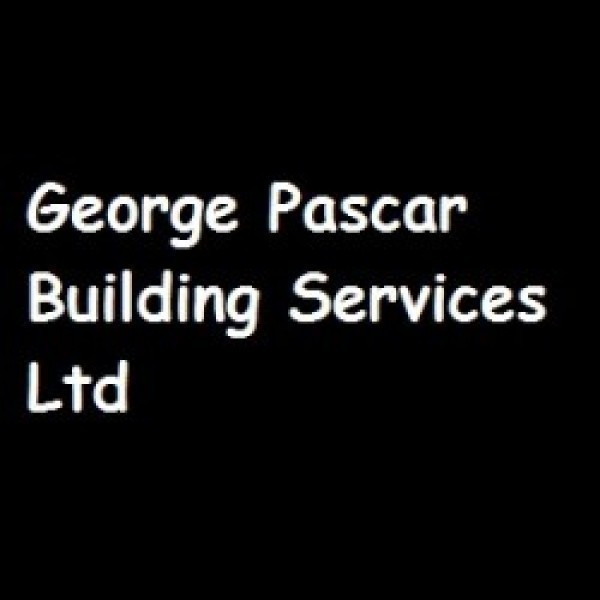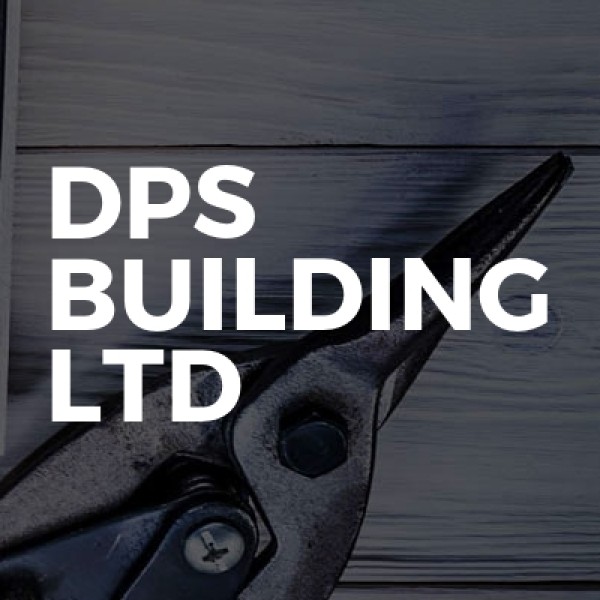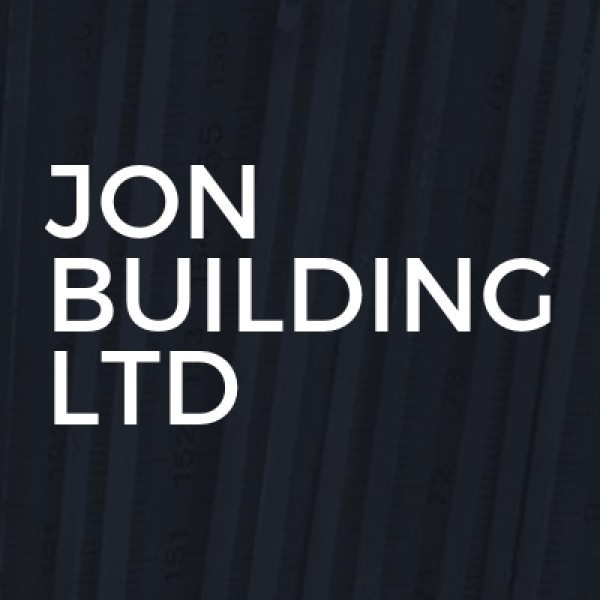Loft Conversions in Fulham
Search Loft Conversions in places nearby
Understanding Loft Conversions in Fulham
Loft conversions in Fulham have become increasingly popular as homeowners seek to maximise their living space without the hassle of moving. This charming area of London offers a unique blend of urban convenience and suburban tranquillity, making it an ideal location for expanding your home. In this article, we'll explore the ins and outs of loft conversions, providing you with all the information you need to make an informed decision.
The Benefits of Loft Conversions
Loft conversions offer numerous advantages, making them a worthwhile investment for many homeowners. Firstly, they can significantly increase the value of your property. By adding an extra bedroom or a functional space, you can enhance your home's appeal to potential buyers. Additionally, loft conversions provide more living space, which is particularly beneficial for growing families or those who need a home office.
Moreover, converting your loft is often more cost-effective than moving to a larger property. It allows you to stay in your beloved neighbourhood while enjoying the benefits of a bigger home. Plus, with the right design, a loft conversion can bring in more natural light, creating a bright and airy atmosphere.
Types of Loft Conversions
There are several types of loft conversions to consider, each with its own set of benefits and considerations. The most common types include:
- Velux Loft Conversion: This is the simplest and most cost-effective option, where Velux windows are installed to bring in natural light without altering the roof structure.
- Dormer Loft Conversion: This involves extending the roof to create additional headroom and floor space, often adding a window or balcony.
- Mansard Loft Conversion: A more extensive option that involves altering the roof structure to create a flat roof with a slight slope, maximising space.
- Hip to Gable Loft Conversion: This conversion is suitable for semi-detached or detached houses, where the hipped roof is extended to create a gable wall, increasing space.
Planning Permission and Building Regulations
Before embarking on a loft conversion in Fulham, it's crucial to understand the planning permission and building regulations involved. In many cases, loft conversions fall under permitted development rights, meaning you won't need planning permission. However, there are exceptions, particularly if your property is in a conservation area or if the conversion involves significant structural changes.
Building regulations, on the other hand, are mandatory for all loft conversions. These regulations ensure that the conversion is safe and structurally sound. They cover aspects such as fire safety, insulation, and staircase design. It's advisable to work with a professional architect or builder who can guide you through the process and ensure compliance.
Choosing the Right Contractor
Selecting the right contractor is a critical step in ensuring a successful loft conversion. Look for a contractor with experience in loft conversions, particularly in the Fulham area. They should have a portfolio of completed projects and positive client testimonials. It's also important to check their credentials and ensure they are fully insured.
When interviewing potential contractors, ask about their process, timelines, and how they handle unexpected issues. A good contractor will be transparent and communicative, providing you with a detailed quote and timeline for the project.
Design Considerations for Loft Conversions
The design of your loft conversion should reflect your personal style and meet your practical needs. Consider how you plan to use the space—whether it's a bedroom, office, or playroom—and design accordingly. Pay attention to lighting, as natural light can transform the space. Skylights and large windows are popular choices for loft conversions.
Storage is another important consideration. Built-in wardrobes or shelving can maximise space and keep the area clutter-free. Additionally, think about the colour scheme and materials. Light colours and natural materials can create a warm and inviting atmosphere.
Cost of Loft Conversions in Fulham
The cost of a loft conversion in Fulham can vary significantly depending on the type of conversion, the size of the space, and the materials used. On average, you can expect to pay between £30,000 and £60,000. However, more complex conversions, such as Mansard or Hip to Gable, can cost upwards of £70,000.
It's important to budget for additional costs, such as planning permission fees, building regulation approvals, and any unforeseen expenses. To get an accurate estimate, obtain quotes from multiple contractors and ensure they include all aspects of the project.
Financing Your Loft Conversion
Financing a loft conversion can be a significant investment, but there are several options available to help manage the cost. Many homeowners choose to remortgage their property to release equity, while others may opt for a home improvement loan. It's essential to explore all options and choose the one that best suits your financial situation.
Additionally, some contractors offer financing plans, allowing you to spread the cost over several months or years. Be sure to read the terms and conditions carefully and understand any interest rates or fees involved.
Impact on Property Value
A well-executed loft conversion can significantly increase the value of your property. In Fulham, where space is at a premium, adding an extra bedroom or living area can make your home more attractive to potential buyers. On average, a loft conversion can add up to 20% to the value of your home.
However, it's important to ensure that the conversion is in keeping with the rest of the property and the surrounding area. A poorly designed or executed conversion can have the opposite effect, so it's crucial to work with experienced professionals.
Common Challenges and How to Overcome Them
Loft conversions can present several challenges, but with careful planning and the right team, these can be overcome. One common issue is limited headroom, which can be addressed by choosing the right type of conversion or lowering the ceiling of the room below.
Another challenge is ensuring adequate insulation and ventilation. Proper insulation is essential for maintaining a comfortable temperature, while good ventilation prevents dampness and condensation. Working with a knowledgeable contractor can help you address these issues effectively.
Environmental Considerations
As sustainability becomes increasingly important, many homeowners are looking for ways to make their loft conversions more environmentally friendly. This can include using sustainable materials, such as reclaimed wood or eco-friendly insulation, and incorporating energy-efficient features like solar panels or LED lighting.
Additionally, consider the impact of your conversion on the local environment. Minimising waste and recycling materials where possible can reduce the environmental footprint of your project.
Legal and Insurance Considerations
Before starting a loft conversion, it's important to review any legal and insurance considerations. Check your home insurance policy to ensure it covers the conversion process and any potential issues that may arise. You may need to update your policy to include the new space once the conversion is complete.
Additionally, if you live in a leasehold property, you'll need to obtain permission from the freeholder before proceeding. It's also wise to inform your neighbours of your plans, as construction work can be disruptive.
Maintaining Your Loft Conversion
Once your loft conversion is complete, regular maintenance is essential to keep it in top condition. This includes checking for any signs of dampness or leaks, particularly around windows and skylights. Regularly inspect the insulation and ventilation systems to ensure they are functioning correctly.
Additionally, keep the space clean and clutter-free to maintain its appeal and functionality. If you encounter any issues, address them promptly to prevent further damage.
Case Studies: Successful Loft Conversions in Fulham
To inspire your own project, let's look at some successful loft conversions in Fulham. One homeowner transformed their unused attic into a stunning master suite, complete with an en-suite bathroom and walk-in wardrobe. The addition of large skylights created a bright and airy space, perfect for relaxation.
Another family converted their loft into a multifunctional space, combining a home office with a playroom for their children. Clever storage solutions and a neutral colour palette made the most of the available space, creating a practical yet stylish area.
Frequently Asked Questions
- Do I need planning permission for a loft conversion in Fulham? In many cases, loft conversions fall under permitted development rights, but it's essential to check with your local council, especially if your property is in a conservation area.
- How long does a loft conversion take? The duration of a loft conversion can vary, but most projects take between 6 to 12 weeks, depending on the complexity and size of the conversion.
- Can I live in my home during the conversion? Yes, most loft conversions allow you to remain in your home, although there may be some disruption during the construction phase.
- What is the best type of loft conversion for my home? The best type of loft conversion depends on your property's structure, your budget, and your needs. Consulting with a professional can help you determine the most suitable option.
- How much value will a loft conversion add to my home? A well-executed loft conversion can add up to 20% to the value of your home, depending on the quality of the work and the local property market.
- Are there any restrictions on loft conversions in Fulham? There may be restrictions if your property is in a conservation area or if the conversion involves significant structural changes. Always check with your local council before proceeding.
Loft conversions in Fulham offer an excellent opportunity to enhance your living space and increase your property's value. By understanding the process, choosing the right type of conversion, and working with experienced professionals, you can create a beautiful and functional space that meets your needs. Whether you're looking to add an extra bedroom, a home office, or a playroom, a loft conversion can transform your home and improve your quality of life.





































